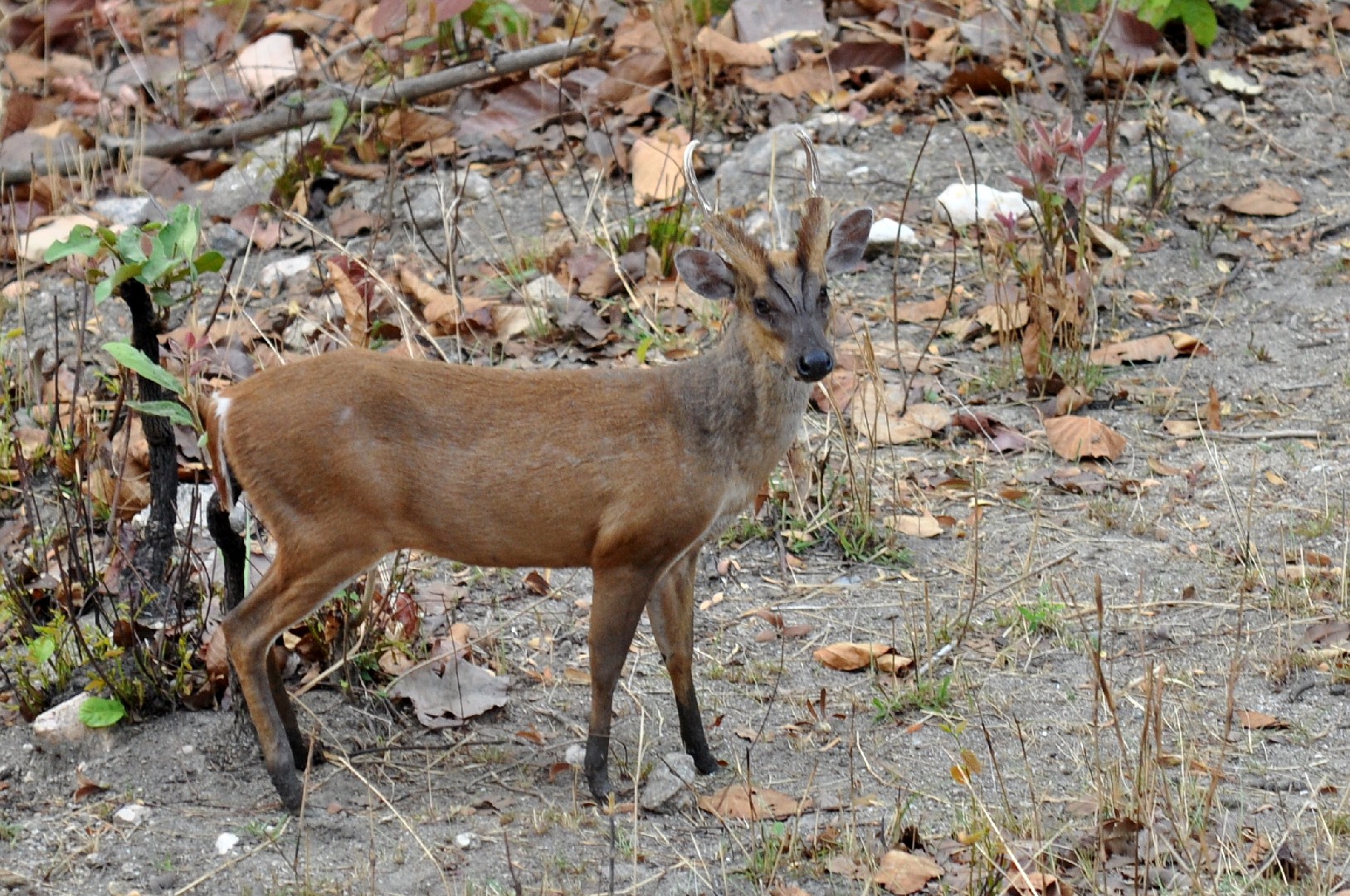Indian muntjac
A species of Muntjacs, Also known as Barking deer, Sundaland red muntjac, Indian barking deer Scientific name : Muntiacus muntjak Genus : Muntjacs
Indian muntjac, A species of Muntjacs
Also known as:
Barking deer, Sundaland red muntjac, Indian barking deer
Scientific name: Muntiacus muntjak
Genus: Muntjacs
Content
Description General Info
 Photo By T. R. Shankar Raman , used under CC-BY-SA-4.0 /Cropped and compressed from original
Photo By T. R. Shankar Raman , used under CC-BY-SA-4.0 /Cropped and compressed from original Description
The Indian Muntjak (Muntiacus muntjak) is a medium-sized species from the deer family. It occurs in large parts of South and Southeast Asia, including numerous islands in Indonesia.
General Info
Lifespan
15-20 years
Diet
Indian muntjac is principally an herbivore, widely recognized for its established preference for tender shoots and leaves. However, with its omnivorous adaptation, it occasionally supplements its diet with insects, bird eggs, and small mammals when available.
Appearance
The Muntiacus muntjak, or indian muntjac, is a small, deer-like mammal with a compact body covered in short, coarse hair, primarily in shades of reddish-brown. Males possess short, upward-pointing antlers, which are not found on females. Distinguished by their elongated canines that resemble tusks, they also feature a black V-shaped marking on the forehead.
Behavior
Indian muntjac are typically solitary, exhibiting territorial behavior with males defending their territories fiercely. They are known for their barking call, a unique feature of their behavior generally linked to alarm or danger. These animals showcase crepuscular activity patterns, mainly active during dawn and dusk, foraging for berries, shoots, and vegetation.
Population
Decreasing